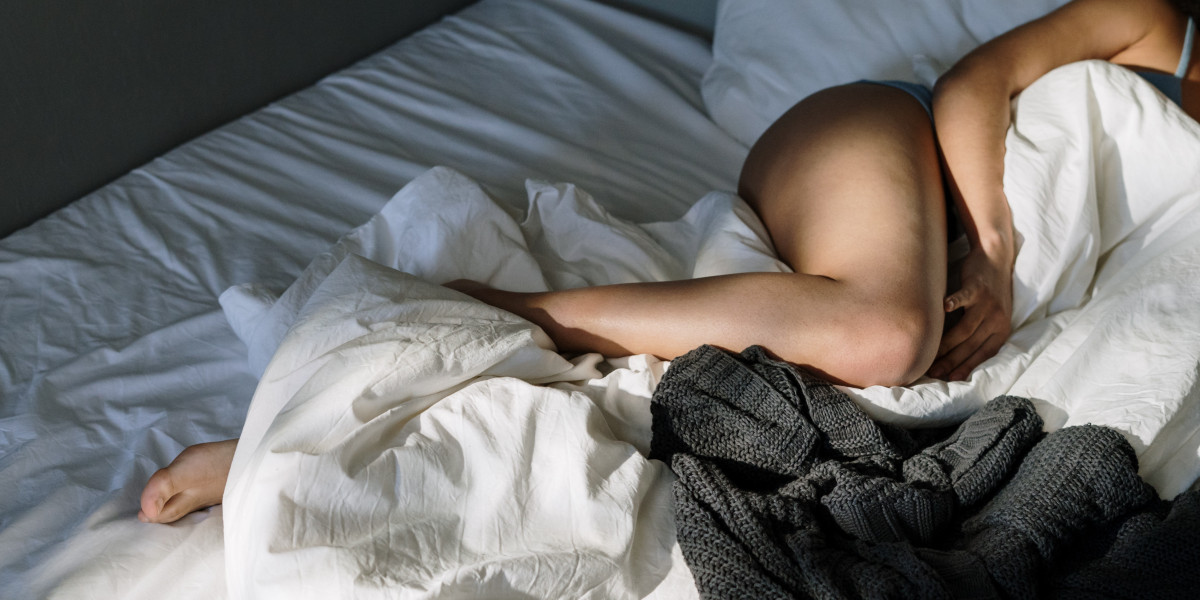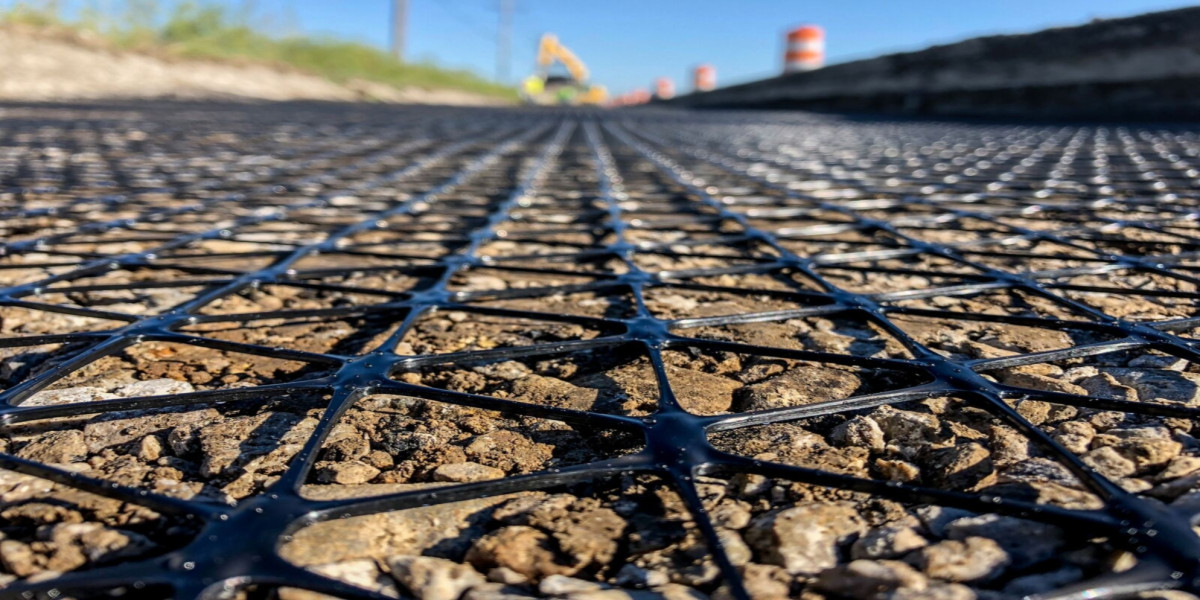Yes, a saddle chair can help reduce back pain by promoting better posture, strengthening core muscles, and reducing strain on the lower back. The unique design of a saddle chair, which resembles a horse saddle, encourages the user to sit in an open-hip position, which can have numerous benefits for reducing and preventing back pain. Here’s how a saddle chair helps alleviate back discomfort:
1. Promotes Proper Spinal Alignment
The primary way a saddle chair helps reduce back pain is by encouraging a natural, healthy alignment of the spine.
- Upright Posture: When sitting on a saddle chair, the pelvis is tilted slightly forward, which allows the spine to maintain its natural curve. This upright posture reduces slouching, which is a common cause of lower back pain in conventional chairs.
- Support for Lumbar Region: The forward tilt of the pelvis takes pressure off the lower back (lumbar region) and prevents the compression of spinal discs, which can lead to pain and long-term back issues.
2. Strengthens Core Muscles
Sitting on a saddle chair requires the use of core muscles to maintain balance and posture.
- Engaged Core: Unlike traditional chairs, which provide back support and allow you to relax your core muscles, saddle chairs engage your abdominal, lower back, and pelvic muscles. This constant engagement helps strengthen the core muscles, which play a critical role in supporting the spine.
- Improved Stability: A stronger core provides better overall stability and reduces the likelihood of muscle strain and lower back discomfort, especially during prolonged sitting.
3. Reduces Pressure on the Lower Back
Traditional chairs often place too much pressure on the lower back due to improper posture, poor seat design, and insufficient lumbar support.
- Open Hip Angle: In a saddle chair, the legs are positioned in a wider stance, which opens the angle of the hips. This open-hip position places less pressure on the lumbar spine, reducing the risk of lower back pain.
- Reduced Compression: The tilted pelvis in a saddle chair encourages the lower spine to lengthen and decompress, providing relief from the compression that typically occurs when sitting in regular chairs for long periods.
4. Encourages Movement
One of the causes of back pain is remaining in a static position for too long. Saddle chairs promote subtle movements throughout the day, which can help alleviate this issue.
- Dynamic Sitting: Saddle chairs allow for more dynamic movement compared to traditional chairs. Users tend to shift their weight and adjust their sitting position more frequently, which keeps the muscles active and reduces stiffness in the back.
- Increased Circulation: Movement also improves circulation, which helps deliver oxygen and nutrients to the muscles, reducing pain and tension in the lower back.
5. Improves Hip and Pelvic Alignment
Poor hip and pelvic alignment can contribute to back pain, particularly in the lower back.
- Pelvic Tilt: The saddle chair’s design encourages a forward pelvic tilt, which aligns the hips properly and supports the natural curvature of the spine. This alignment reduces strain on the lower back muscles.
- Even Weight Distribution: Saddle chairs distribute body weight more evenly across the sit bones and thighs, reducing pressure on the lumbar spine and preventing lower back pain.
6. Reduces Slouching and Forward Head Posture
Sitting in a regular chair often leads to slouching and poor posture, both of which contribute to back pain and tension in the neck and shoulders.
- No Backrest Dependency: Since saddle chairs typically do not have a backrest, users are less likely to lean backward or slouch. Instead, they maintain an upright posture, which helps align the spine and prevent slouch-related back pain.
- Corrects Forward Head Posture: The improved posture facilitated by a saddle chair also reduces forward head posture, which often strains the upper back and neck.
7. Increases Hip Mobility and Flexibility
Prolonged sitting in traditional chairs often leads to tight hip flexors, which can cause lower back pain.
- Open Hip Position: The open hip angle that a saddle chair promotes can increase hip mobility and reduce stiffness in the hip flexors. This flexibility takes pressure off the lower back and prevents pain caused by tight muscles.
8. Encourages Proper Sitting Height
The height of a saddle chair is typically higher than that of a standard chair, which encourages a healthier sitting position.
- Knees Below Hips: In a saddle chair, the knees are positioned below the hips, which helps maintain the natural curve of the spine and reduces strain on the lower back. This position also minimizes the risk of nerve compression, which can cause pain and discomfort in the back and legs.
Conclusion
A saddle chair is an effective ergonomic solution for reducing back pain by promoting proper spinal alignment, engaging core muscles, reducing pressure on the lower back, and encouraging dynamic movement. While it may take some time to adjust to sitting in a saddle chair, the long-term benefits, particularly for those experiencing chronic back pain, can be significant. By fostering better posture and reducing the strain that traditional chairs can place on the spine, a saddle chair helps create a healthier, more comfortable sitting experience that can lead to less back pain and improved overall well-being.


